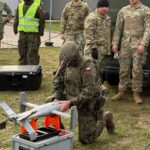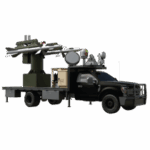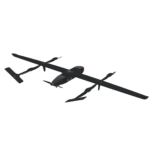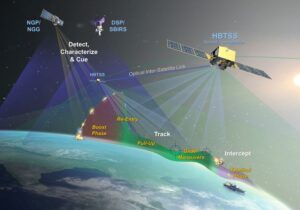
BAE Systems said on Jan. 31 that it has completed Critical Design Review (CDR) with the U.S. Space Force's Space Systems Command for the Military GPS User Equipment (MGUE) Increment 2 Miniature Serial Interface (MSI) program. Luke Bishop, BAE Systems' director of navigation and sensor systems, said that CDR approval for BAE Systems' MSI "is a major milestone that paves the way for smaller high-performance receivers on the battlefield." BAE Systems developed MSI as part of a $247 million Space…














